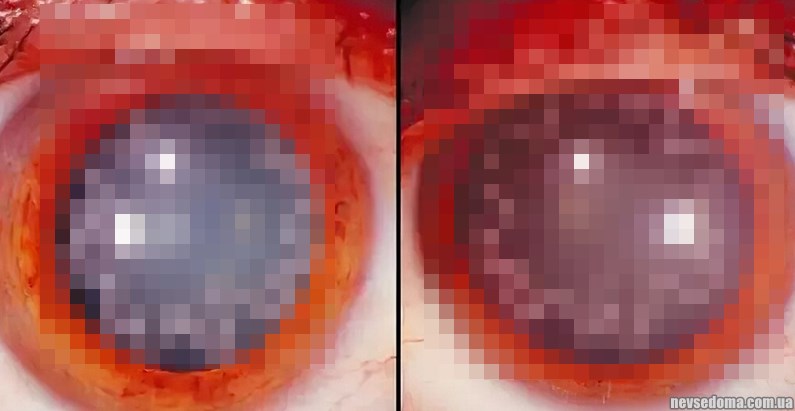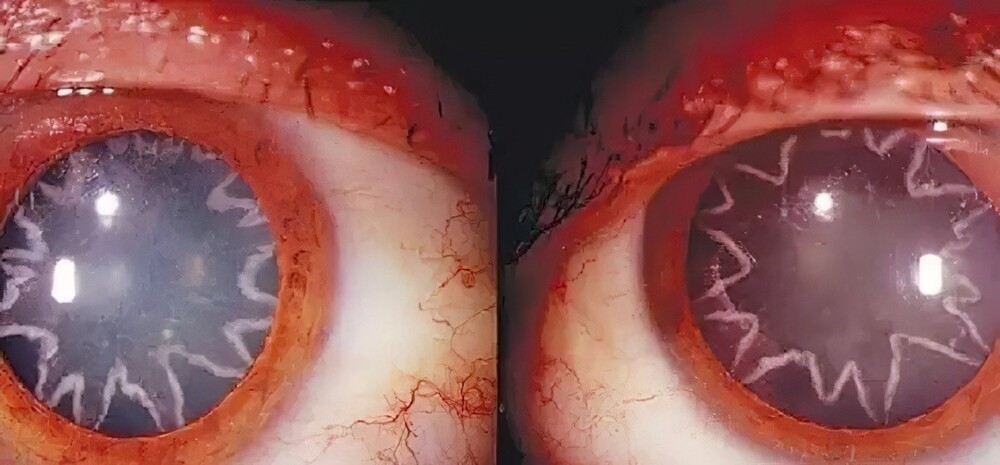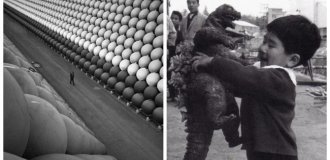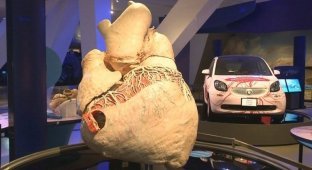This incident happened a long time ago, but since it is quite rare, it is often remembered. An article was published in the New England Journal of Medicine on January 23, 2014, that an electrician survived a severe electric shock, but now has “star-shaped eyes.” 
A 42-year-old worker from California had a really tough day one day. During his shift, he was electrocuted with 14,000 volts. His shoulder accidentally came into contact with a live wire, causing a current to rush through his body, including the optic nerve. This is how this man got star-shaped cataracts.
News of his unusual condition first made headlines back in 2014, when the case was published in the January 23 issue of the New England Journal of Medicine. But the incident actually happened ten years earlier - yet the man was still suffering from vision problems in both eyes more than ten years later. 
The optic nerve is made up of millions of nerve fibers that carry electrical impulses from the eyes to the brain, and this sensory information is then processed to allow us to see. Obviously, 14,000 volts pretty much “fried” him - the eyeballs were especially damaged.
This patient was treated by Dr. Bobby Corn, assistant professor of clinical ophthalmology at the University of California. “The optic nerve is like any wire that conducts electricity,” the doctor said. “In this case, the extreme current and voltage passing through this important natural wire caused damage to the optic nerve itself.” 
Four weeks after the accident at the site, the man complained that he still had problems with his vision. According to Korn, a thorough examination revealed that the patient had “striking cataracts in both eyes” of an unusual shape.
Cataracts occur when the lens of the eye becomes cloudy, resulting in blurred vision, and is a leading cause of blindness.
Four months after the electric shock, the patient underwent surgery to remove a cataract and install a new lens, which improved his vision slightly. However, the damage to the optic nerve could not be repaired, so vision remained limited. According to Korn, the patient continued to experience these problems even ten years after the incident.
Add your comment
You might be interested in:






























